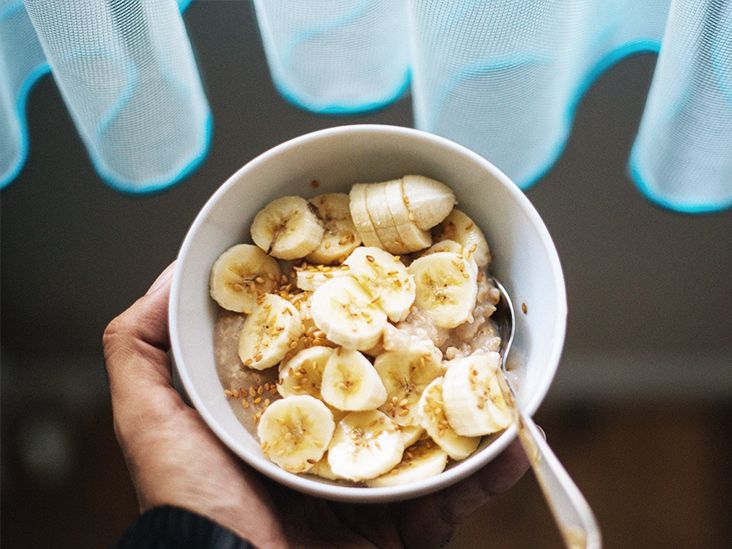
Eating low sodium meals can help manage hypertension. Avoiding table salt and processed foods is a good strategy for keeping blood pressure within a healthy range.
High blood pressure is a condition that affects nearly half of American adults. It is also known as hypertension.
According to the American Heart Association (AHA), elevated blood pressure is when readings are consistently:
- between 120–129 millimeters of mercury (mm Hg) systolic
- less than 80 mm Hg diastolic
Doctors diagnose stage one hypertension when readings are between 130–139 mm Hg systolic and 80–89 mm Hg diastolic.
High blood pressure is a risk factor for heart disease, stroke, and vision loss. However, healthy lifestyle choices can help manage hypertension. These include limiting the amount of sodium a person eats.
This article looks at low and high sodium foods and explains the impact of potassium on hypertension. It also looks at how to find the sodium content on packaging and outlines useful tips for reducing hypertension.
Preparing meals at home using whole foods can help a person manage hypertension. These include whole grains, fruits, and vegetables.
The following are some examples of low sodium meals that a person can try.
Breakfast:
- oatmeal with low fat milk or plant-based low sodium milk, topped with sliced banana or dried apricots and pumpkin seeds
- fat-free plain yogurt with blueberries and unsalted nuts, such as almonds, hazelnuts, or walnuts
- buckwheat pancakes with plain soy yogurt and berries
Lunch:
- tuna salad or chickpea salad on a whole wheat pita bread
- mashed avocado, sliced plain tofu, and tomato on low sodium rice cakes sprinkled with cayenne pepper with an arugula salad
- baked potato with bean chill
Dinner:
- homemade lentil dahl with brown rice and broccoli
- chicken or tofu stir fried with vegetables, ginger, and garlic and served with low sodium noodles
- steamed salmon, baby potatoes with herbs, and vegetables
Regular table salt (sodium chloride) is approximately 40% sodium. Just a quarter teaspoon of table salt contains 575 milligrams (mg) of sodium. This is more than one-third the 1,500 mg daily amount the AHA recommends people with high blood pressure do not exceed.
People with high blood pressure can avoid adding salt to meals by using alternative seasonings instead, such as:
- herbs
- spices
- low sodium salt
The AHA advises that sea salt and kosher salt also contain similar amounts of sodium as table salt. As a result, people with high blood pressure should also avoid adding these to foods.
More than 70% of the sodium in people’s diet comes from processed foods and restaurant foods. In addition, one 2023 study shows that more than 50% of dietary sodium Americans consume comes from the following foods:
- pizza
- processed meats such as:
- burgers
- bacon
- frankfurters
- chicken nuggets
- sausages
- cold cuts and cured meats
- breads, rolls, and buns
- sweet treats, such as cookies and cakes
- mixed meat dishes
- poultry
- ready-made soups
- burritos and tacos
- cheese
- savory snacks
- pasta dishes
- salted vegetables
Potassium can help manage blood pressure. The more potassium a person eats, the more sodium they excrete through urine.
However, potassium can be harmful for those with kidney disease or any condition that affects how someone processes the mineral. A high potassium diet may also be dangerous for people taking certain medications.
People can discuss with a healthcare professional whether it is safe to increase their potassium intake.
Foods rich in potassium include:
- fresh fruits, such as oranges, apricots, and melons
- dried fruits, such as prunes, apricots, raisins, and dates
- fresh juices, such as orange, prune, and tomato
- fresh vegetables, such as spinach, mushrooms, green peas, and potatoes
- low fat dairy foods, such as yogurt and milk
- fish, such as halibut and tuna
- beans, such as lima and kidney
Sometimes, manufacturers list sodium as salt. However, in many cases, it may appear on labels as:
- sodium glutamate
- sodium bicarbonate
- monosodium glutamate
Some food labels detail how much salt a food contains and how much this contributes towards the recommended dietary allowance (RDA).
Additionally, sodium may be present in over-the-counter (OTC) and prescription drugs.
Healthcare professionals can advise people about the medications they prescribe. Pharmacists can inform people whether sodium is present in OTC medications. People can also check medication labels or inserts for information.
A low sodium meal plan can help manage high blood pressure.
People should be mindful of salt content in processed foods and restaurant dishes and when adding table salt to meals. Preparing fresh meals made from whole foods can help people consume less salt.
In addition, lifestyle modifications can help control blood pressure, such as quitting smoking and limiting alcohol.
